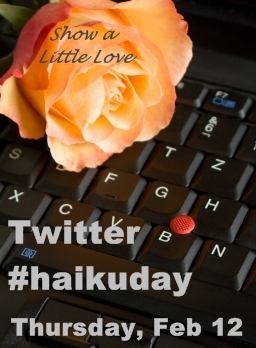Twitter. Facebook. MySpace. Forums. Messengers. There are a ton of tools out there that fall within the purview of “social media,” and a glut of articles telling you how to use them and what the “rules” are. In one article you might read that you’re supposed to use Twitter this way; in another, you might learn that you should only use MySpace if you’re a musician or under twenty-five.
The one thing that all of these social media tools and platforms have in common is the ability to have good conversation. What is “good conversation”? Well, that’s really up to you to decide, but I can tell you what it isn’t. Conversation does not occur when you talk “at” someone, it occurs when you talk “with” someone. It’s not just about one person’s profile, it’s about sociology and how people interact with one another, which can be challenging to remember because you don’t “see” the person you’re conversing with. You just “see” their comments or their replies.
I know a lot of writers, business owners and other folk out there engage in social media because you have something to sell. That special “something” could be your expertise, your product or your services. I absolutely agree that promoting yourself using these free channels is a great idea, but I also think that the “selling” is a bit overused and the pitch is getting lost and ignored. Why? Because social media is getting over-saturated with promotions that don’t offer anything of value to the reader. Coupons, free trials and such are one thing, but asking people to “buy your book” or “friend me” without doing anything for that person in return gets to be a bit annoying after a while. (Cue *sound effect* thanks to @strangeshe.)
Think this might be you? Take a minute and look at the content you’ve provided in your tool of choice. Are you only promoting yourself? Are you asking people to promote you without asking anything in return? Or are you getting to know the people in your network by following the social “rules of engagement” on that platform?
Oh, no. You just realized that you’re one of those people? Don’t worry! If you feel like you’re stuck in a rut, try engaging people in discussions about topics that have nothing to do with your work or what you’re selling. By establishing common ground with someone, your “followers” and “friends” will get to know you as you and will help you out when you least expect it on-or-offline.
So why not get started today and become your own social media expert. Get to know the people in your network. You never know what kind of conversation might turn up!

 What is
What is